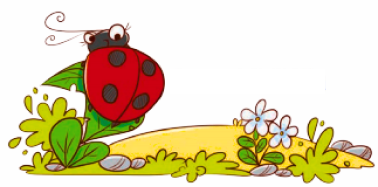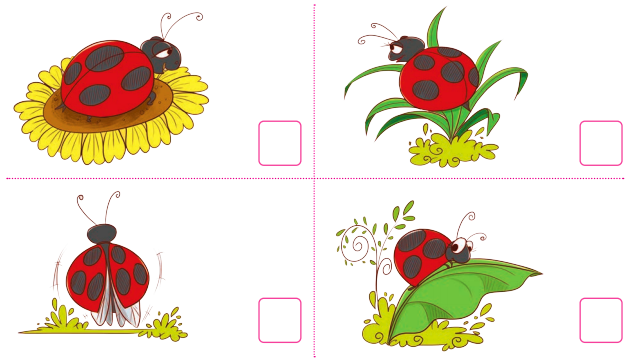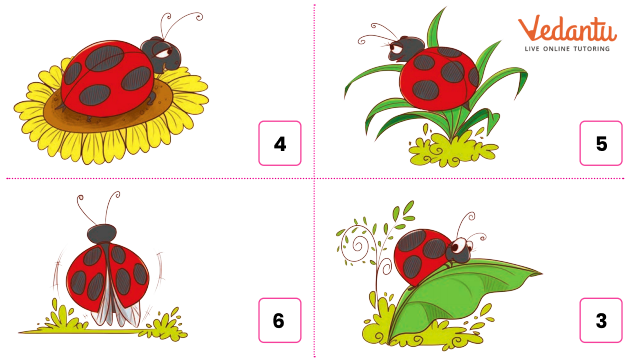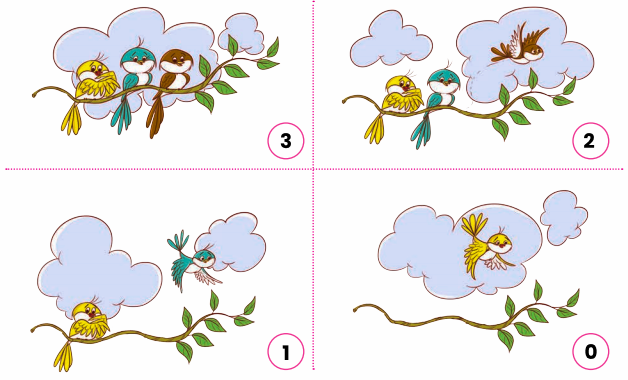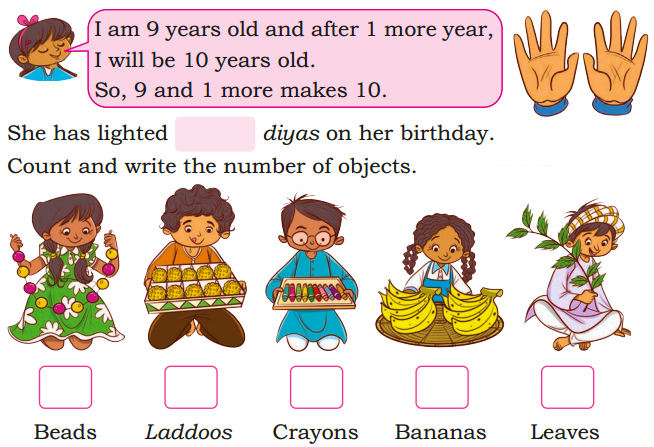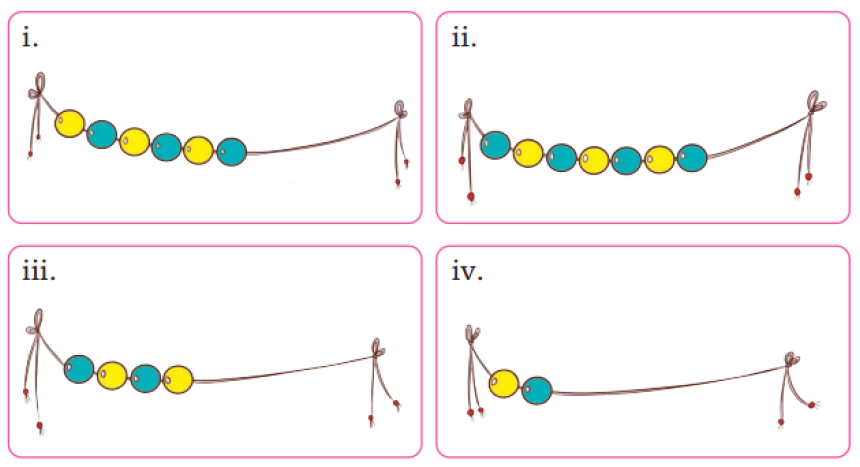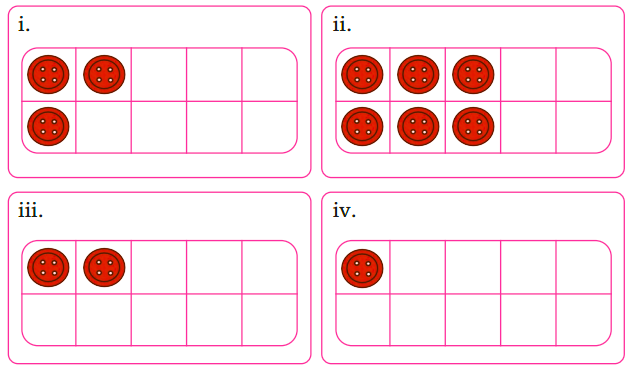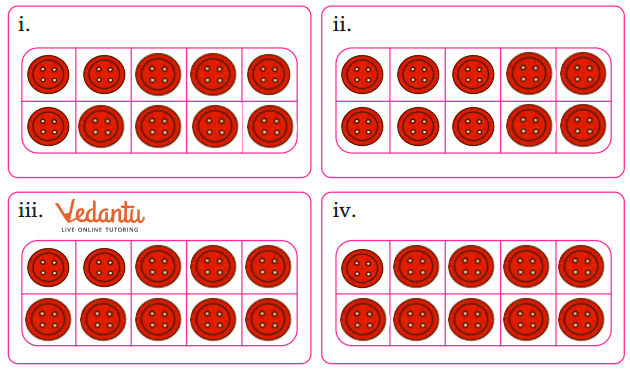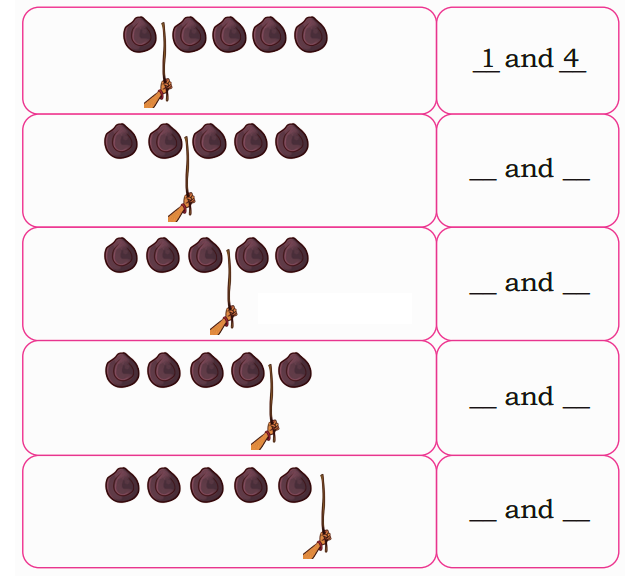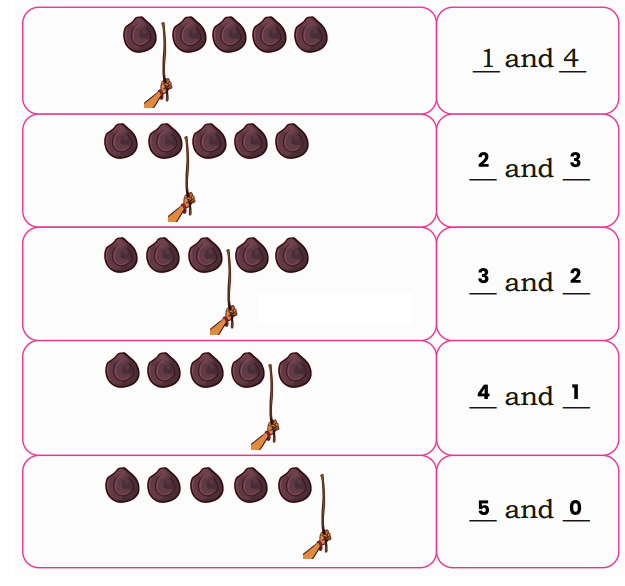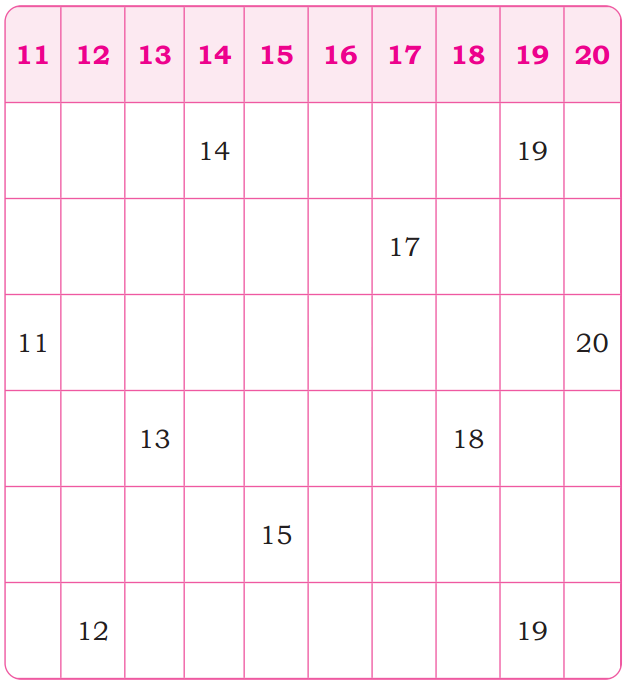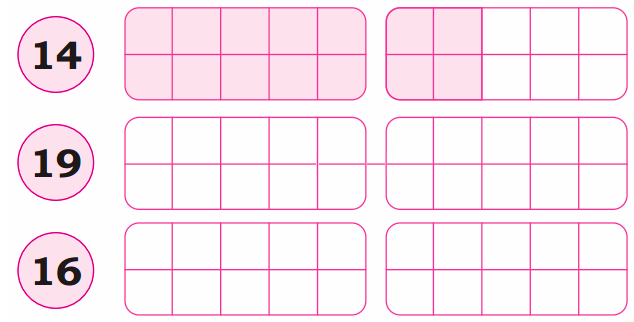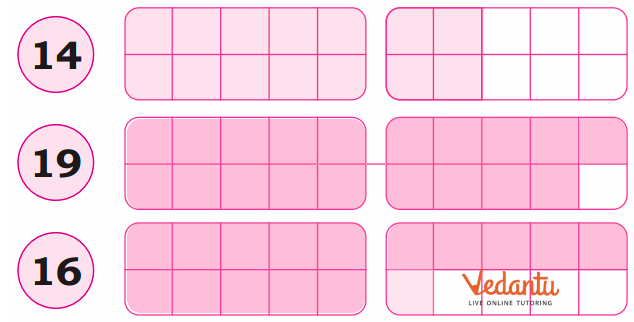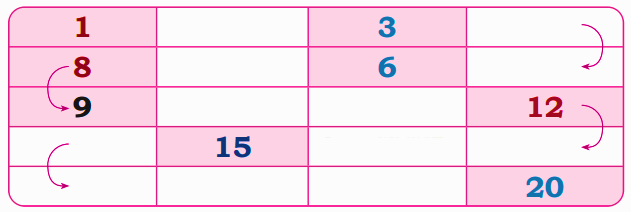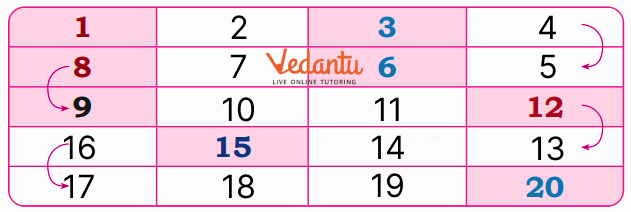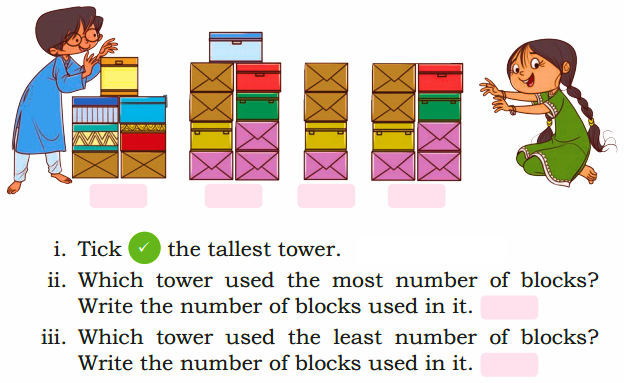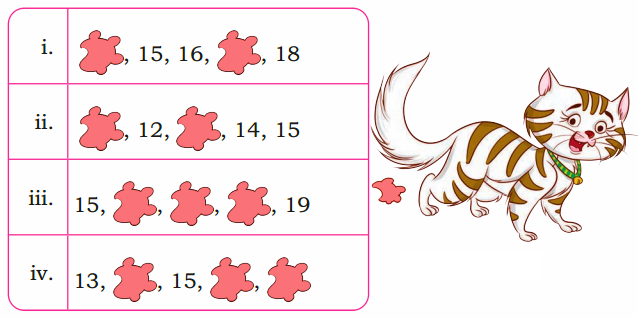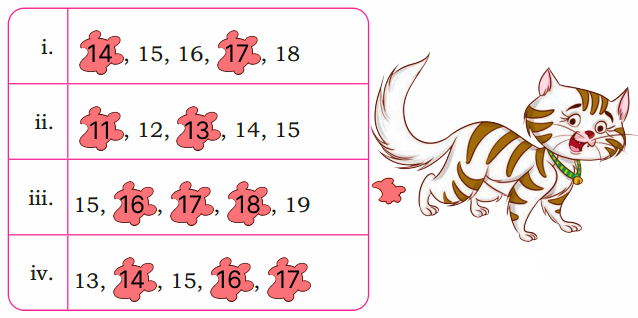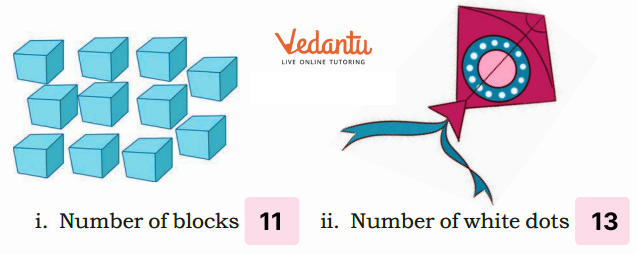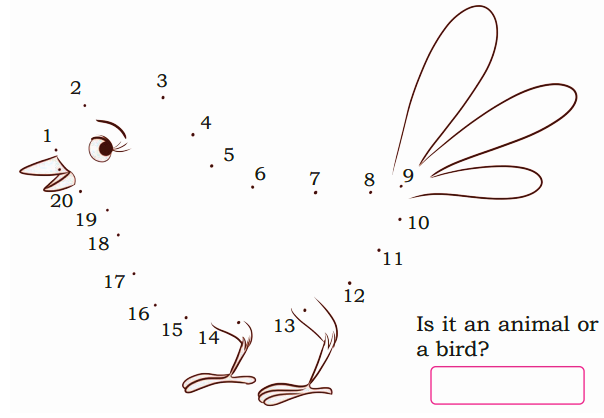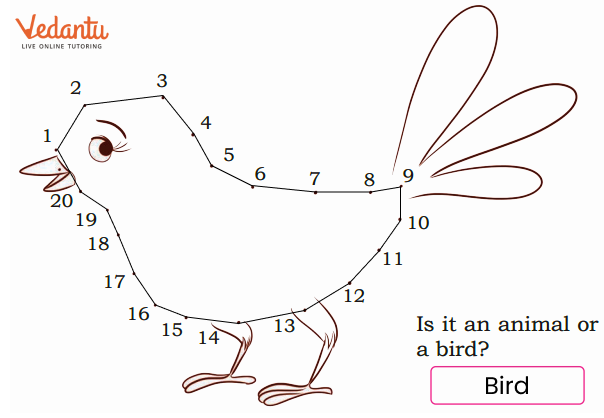NCERT Solutions For Class 1 Maths Chapter 4 Making 10 - 2025-26
FAQs on NCERT Solutions For Class 1 Maths Chapter 4 Making 10 - 2025-26
1. What key concepts are covered in the NCERT Solutions for Class 1 Maths Chapter 4, 'Making 10'?
The NCERT Solutions for Class 1 Maths Chapter 4 primarily focus on the concept of number composition. Students learn how to combine two smaller numbers to form the number 10. Key concepts include basic addition, number recognition, and understanding that a single number can be formed from different pairs of numbers (e.g., 5+5, 6+4).
2. What types of problems are solved in the NCERT Solutions for Chapter 4?
The solutions guide students through various interactive exercises designed for young learners. These typically include:
- Counting objects like marbles, flowers, or sticks and grouping them to make 10.
- Filling in the missing numbers in addition equations that equal 10.
- Matching pairs of numbers that add up to 10.
- Using visual aids and pictures to solve addition problems.
3. How do the NCERT Solutions for Class 1 Maths Chapter 4 visually explain how to make 10?
The NCERT Solutions explain the exercises using the same visual methods found in the textbook. They demonstrate how to solve problems by counting pictures of objects, drawing lines to group items, and using colourful blocks or frames (like a ten-frame) to show how, for instance, 7 objects and 3 objects together fill a frame of 10.
4. Why is the 'Making 10' concept from Chapter 4 so important for future maths topics?
Mastering the concept of 'Making 10' is a crucial foundation for more complex arithmetic. It is the first step towards understanding the base-ten number system, which is fundamental to all future mathematics. This skill directly helps in learning multi-digit addition, subtraction, and the concept of 'carrying over' in later classes.
5. As per the CBSE 2025-26 syllabus, what number pairs are students expected to learn in Chapter 4?
According to the foundational numeracy goals of the syllabus, students are expected to learn all the number pairs that add up to 10. The solutions for Chapter 4 help reinforce these pairs, including:
- 1 + 9
- 2 + 8
- 3 + 7
- 4 + 6
- 5 + 5
6. Beyond just getting the right answer, what does the step-by-step method in the NCERT Solutions teach a Class 1 student?
The step-by-step method teaches a structured approach to problem-solving. It helps a child develop logical thinking by breaking down a problem into smaller parts: first, identifying the numbers; second, using a counting strategy; and third, writing the final sum. This builds confidence and demonstrates that there is a clear, repeatable process for finding answers.
7. How can parents use the NCERT Solutions for Chapter 4 to help their child overcome the common difficulty of counting objects accurately?
Parents can use the solutions as a guide to reinforce the correct method. If a child miscounts, parents can refer to the visual steps in the solutions to show them how to touch and count each object one by one, or how to group them into smaller, manageable sets before adding. This structured approach, as shown in the solutions, helps prevent rushing and improves one-to-one correspondence in counting.



















